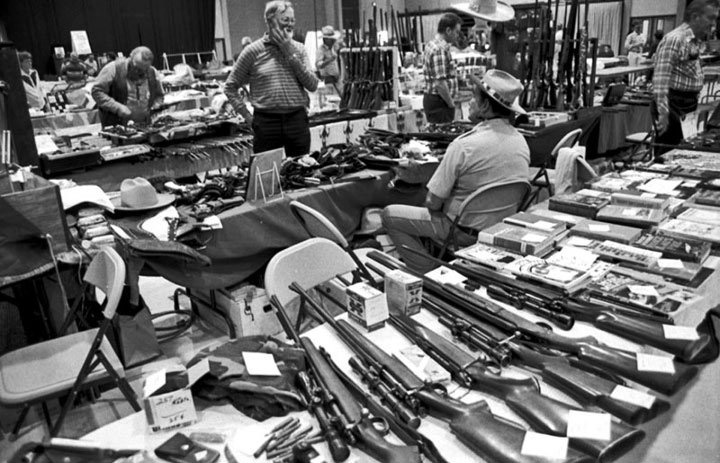| Some Questions about Drug Violence in Mexico |
 |
| Written by Alejandro Malo |
|
It is discouraging to read the figures about deaths, shoot-outs, arrestees and people that have been mutilated as a result of drug violence in Mexico. But it is even worse to constantly find images of corpses or body parts lying in pools of blood that look barely human or to listen to the news against a background of shooting and gun smoke.
We could try to put events into perspective. We could use figures to show that wars are much more violent, that the number of deaths counted are always in addition to a vague number of missing persons and an increase in poverty due to the countless people that have had to move. However, one could say that the homicide rates are higher in Brazil, Colombia, Venezuela and many other Latin American countries or that drug trafficking is much more serious in the United States and Europe. However, it is impossible to get rid of the perception of constant danger and easy to give in to fear. But above all, it is worth stopping for a minute to wonder: Who profits from our fear and what role can photography play in this issue?
The main winner is obviously crime, whether organized or disorganized. A fearful community will always have less capacity for response in the face of intimidation and any authority will always find more arguments to give into corruption by using risk to justify themselves, even though they did not have to justify themselves before. The next winners are opportunistic politicians, of all stripes and even from different countries. Violence in Mexico has served, as it has in the United States, to question governments of various levels, demand funds, win votes or distract attention from the economic crisis. It has promoted less supportive attitudes in our societies and dragged the political debate down to sometimes embarrassing levels. Last and by no means least, there is the military industry, which has managed to exchange its increasingly unpopular antiterrorist struggle for the international struggle against drug trafficking with numerous consumers applauding the fight against traffickers providing it is beyond their borders.
The fight against drug trafficking is obviously a war of hypocrisy, in which we all run the risk of losing. To prevent this from happening, what could the role of photography be? I am not going to attempt to reply to what can only be an invitation to reflect and participate. It is important to consider several aspects from various points of view. Does an editor who decides to illustrate a front-page report with a picture of a dead body feel that this is necessary to provide information? When the media discuss the possibility of regulating themselves without establishing editorial policies for this, are they giving profits preference over human dignity? Are newspapers and magazines with their gory covers denouncing or glorifying brutality? Does the omnipresence of executed bodies on the Internet make us less sensitive to the value of human life? We can add several questions to this. After all, if we all consume pictures of violence, what is our perception of it and how does it affect our attitude to this issue?
Over the next few weeks, we will be publishing some galleries with complementary perspectives on the issue, whereby we hope to encourage the reflection and debate we feel is crucial at the moment. As with the lottery, the only way to win is by buying a ticket.
|





